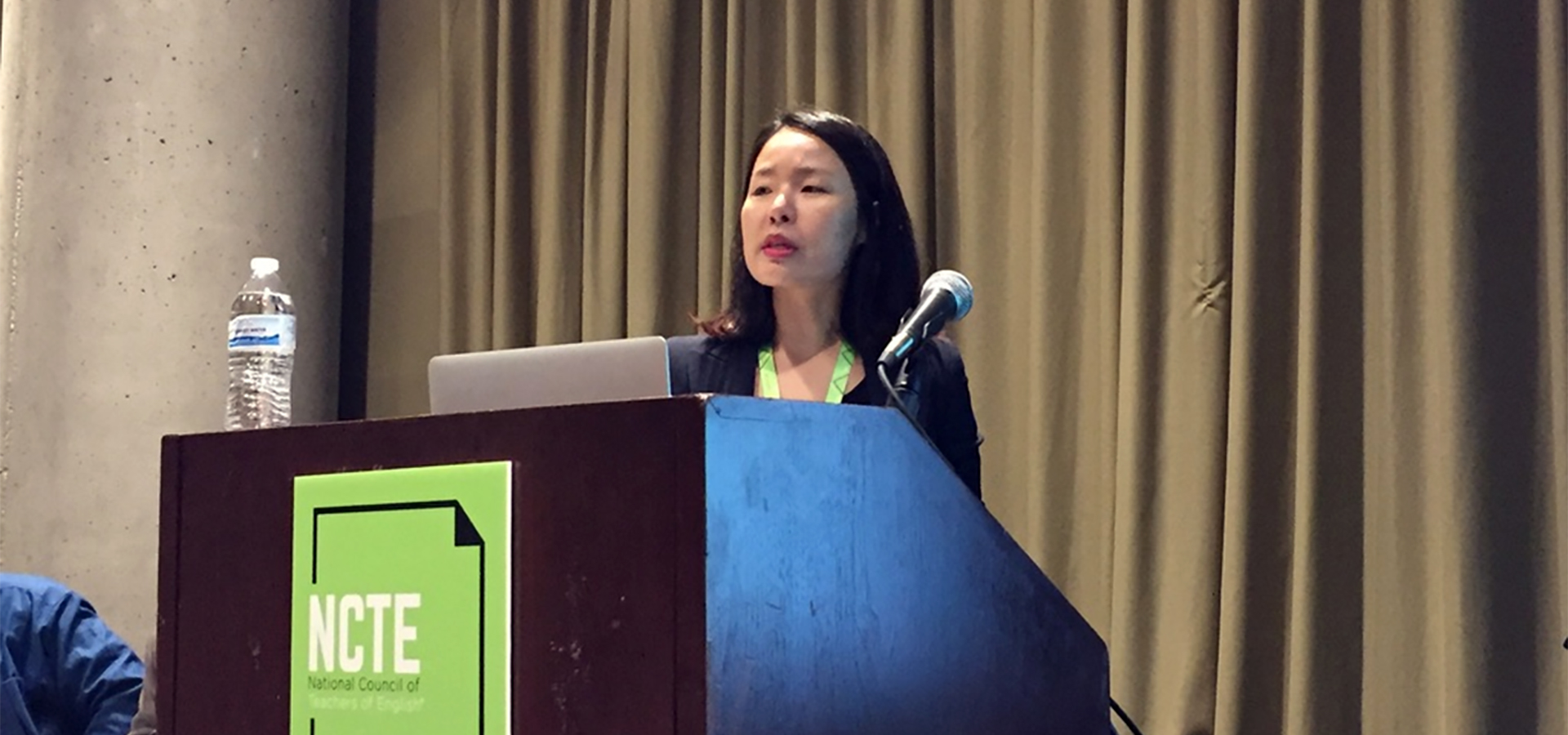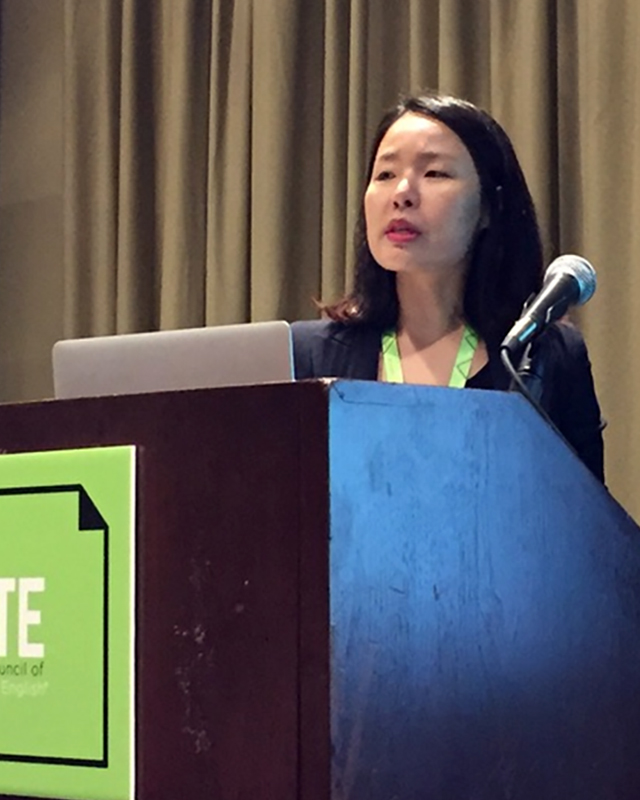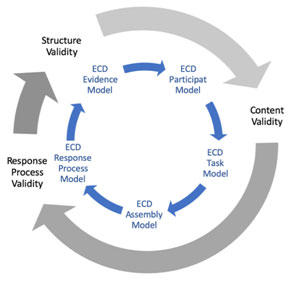Introduction


I am an educational linguist.
I enjoy analyzing how language is used for different purposes in diverse social and educational contexts.
Systemic Functional Linguistics
The structure of language and the complexity of the texts students read and write have fascinated me for more than a decade. In my previous research on the language of science, I observed that students’ consciousness about the ways language works in the texts they read and write is a critical element of developing language and literacy. Accordingly, the capacity of a student to adopt a critical stance in evaluating scientific argument; communicate about scientific inquiry; and establish clear links among claims, warrants, and evidence in order to generate new knowledge has become a key area of my research.
My primary interest is in linguistically informed, responsive, and embedded pedagogies for language and literacy education within Systemic Functional Linguistics framework. I see scientific literacy as the ability to engage in social, semiotic, and cognitive practices. Scientific writing, in particular, contains unique linguistic features that construe special realms of scientific knowledge, values, and beliefs. I strongly believe that an understanding of the functionality of these features is critical to the development of literacy in science and communication.
Evidence-centered Assessment Design
My recent research explores educational measurement, particularly with respect to issues of construct validity. Little research has addressed how well university students are instructed and prepared for language skills essential to successful professional development. One obstacle to conducting rigorous studies was the lack of adequate measures, particularly with regard to evidence-based assessment and validation.

My study addressed this need by developing a quantitative measure of assessing metalinguistic knowledge about language (KAL) of undergraduate students of education. I adopted evidence-centered assessment design (ECD), which provides five specific models to collect validity evidence (Mislevy, Almond, & Lukas, 2003). Findings based on the pilot test responses showed an acceptable degree of construct validity evidence for my KAL measure with internal reliability of = .832 and with a unidimensional confirmatory factor analysis and binary Rasch model showing good fit. 
My goal is to apply the ECD assessment framework to develop a measure of assessing engineering student communicative competencies with regard to English for specific purposes and scientific literacy.